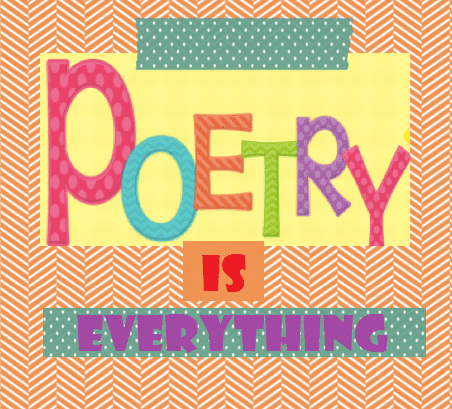
Overview
Poetry is a unique art form that can be challenging to read and understand. To fully appreciate and comprehend the beauty of poetry, it is essential to follow a few steps.
- Identify the poetic form
- Analyze the language used
- Focus on the imagery
- Evaluate the tone and mood
- Consider the poet’s intentions
Introduction
Poetry is a powerful art form that has the ability to evoke strong emotions and spark deep contemplation. However, many people find poetry intimidating and difficult to understand. If you’ve ever struggled to comprehend a poem or wondered what the author was trying to convey, you’re not alone. Reading and understanding poetry takes practice and patience, but it’s a skill that can be developed with time and effort.
In this blog post, we’ll explore some tips and strategies for reading and understanding poetry. We’ll discuss the importance of paying attention to language and structure, as well as the importance of considering the historical and cultural context in which a poem was written. We’ll also examine some common poetic devices and techniques, such as metaphor, simile, and symbolism, and how they can be used to convey meaning and create an emotional impact. Whether you’re a poetry lover or someone who has always felt intimidated by this art form, this post will provide you with valuable insights and tools to help you read and understand poetry.
Identify the poetic form
Poetry may seem daunting to many readers due to its abstract nature. However, with the right approach, anyone can appreciate and understand poetry. The key is to focus on certain elements that aid in deciphering the poet’s intentions. To begin with, it is essential to identify the poetic form. This could be a sonnet, haiku, free verse, or any other form. For example, a sonnet has a very distinct rhyme scheme and structure, while free verse has no set structure at all. Once the form has been established, readers can move on to analyzing the language used in the poem.
Analyze the language used
Next, analyzing the language used in the poem is crucial. One should focus on the choice of words, the use of literary devices such as metaphors, similes, and personification, and the overall structure of the poem. This helps to break down the poem into manageable parts and understand the meaning behind the words.
Focus on the imagery
Another key element in reading and understanding poetry is imagery. Imagery refers to the use of words and phrases that create a visual representation of an object, person, or idea. Imagery helps to paint a picture in the reader’s mind and can help convey the poet’s message effectively. By focusing on the imagery used in a poem, one can get a sense of the poet’s creative style and perspective. Also, the poet uses imagery to create a sensory experience for the reader, which can help them connect with the poem on a deeper level. By paying attention to the imagery, readers can get a better understanding of the themes and emotions that the poet is exploring.
Evaluate the tone and mood
Another important aspect of reading and understanding poetry is evaluating the tone and mood. The tone refers to the attitude of the speaker or narrator towards the subject matter, while the mood is the emotional atmosphere created by the poem as a whole. To evaluate the tone and mood of a poem, consider the language the poet uses. Look for words that suggest a particular emotion or feeling, such as “joyful,” “angry,” or “sad.” Consider the use of metaphors and other figurative language, which can help create a mood or tone. For example, a poem that uses dark imagery and a somber tone might suggest feelings of despair or sadness. On the other hand, a poem that uses bright colors and lively language might suggest a more upbeat mood.
When it comes to reading and understanding poetry, there are several things that you can do to improve your chances of comprehending and appreciating the work. One of the most important things to keep in mind is to consider the poet’s intentions. Poetry is a form of expression, and each poet will have their own unique vision for what they want their work to communicate. One way to explore a poet’s intentions is to do some research on their life and background.
Consider the poet’s intentions
Understanding the context in which the poem was written can give you valuable insights into what the poet was trying to say. For example, if you’re reading a poem written during a time of political upheaval, it might be helpful to know what was happening in the world at that time and how the poet’s personal experiences may have influenced their work. Another way to consider a poet’s intentions is to pay close attention to the language they use. Poets use words in very deliberate ways, and every word in a poem is chosen for a specific purpose. Look for patterns in the language, such as repetition or unusual word choices, and try to decipher what they might mean. You can also consider the structure of the poem, such as the length of each line or the way that stanzas
Conclusion
So there you have it, folks. Reading and understanding poetry doesn’t have to be a daunting task. By breaking it down into manageable parts, paying attention to literary devices, and connecting with the emotions conveyed, anyone can appreciate the beauty and meaning behind a poem. So go ahead, grab a book of poetry, and give it a try. You might just surprise yourself with how much you enjoy it.
